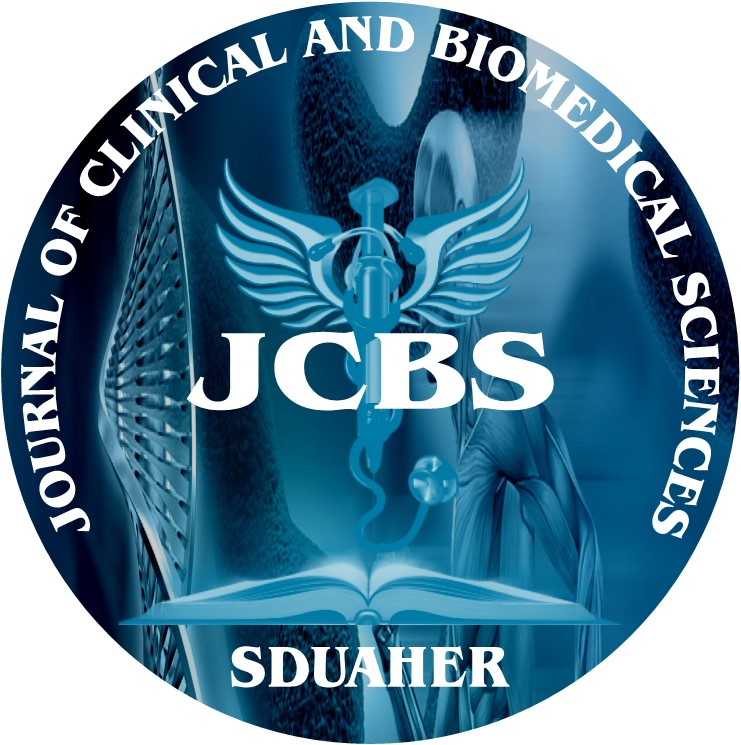


Journal of Clinical and Biomedical Sciences
DOI: 10.58739/jcbs/v15i2.editorial
Year: 2025, Volume: 15, Issue: 2, Pages: 67-68
Editorial
Parthiban Raja1∗, Sangeeta M2, Shruthi N S3
1Professor & Head, Department of Pathology,, MVJ Medical College & Research Hospital, Hoskote, Bangalore, 562114, Karnataka
2Professor & Head & MEU Convenor, Department of Anatomy, MVJ Medical College & Research Hospital, Hoskote, Bangalore, 562114, Karnataka
3Professor, Department of Pathology, MVJ Medical College & Research Hospital, Hoskote, Bangalore, 562114, Karnataka
*Corresponding Author
Email: [email protected]
Received Date:27 May 2025, Accepted Date:29 May 2025, Published Date:17 June 2025
Artificial Intelligence (AI) has transitioned from a futuristic concept to a present-day reality, actively transforming healthcare. Its applications range from interpreting complex radiology and pathology images to generating predictive models for patient outcomes 1. Despite its potential, AI remains underutilized across the three foundational pillars of medicine: education, research, and clinical practice. This disconnect between emerging technology and traditional medical structures is the gap we must urgently bridge.
This is an open-access article distributed under the terms of the Creative Commons Attribution License, which permits unrestricted use, distribution, and reproduction in any medium, provided the original author and source are credited.
Published By Sri Devaraj Urs Academy of Higher Education, Kolar, Karnataka
Subscribe now for latest articles and news.